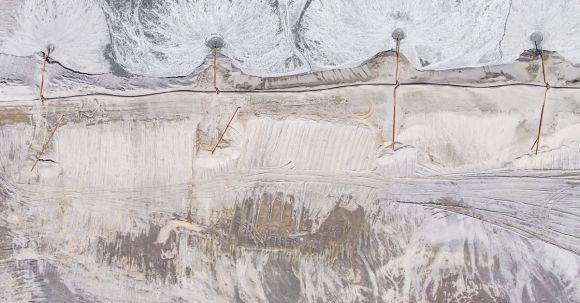Extreme cold is a formidable challenge for animals that inhabit harsh environments. In order to survive freezing temperatures, these animals have developed remarkable adaptations that allow them to thrive in the face of adversity. From thick layers of insulation to specialized behaviors, the evolutionary strategies employed by these creatures are nothing short of awe-inspiring.
Physical Adaptations
When it comes to surviving extreme cold, one of the most important physical adaptations in animals is insulation. Thick fur or feathers provide a layer of protection against the cold, trapping warm air close to the body. This helps to maintain a stable body temperature and prevents heat loss. Just think of the dense fur of Arctic foxes and the plumage of penguins, both of which are essential for their survival in freezing environments.
Another physical adaptation seen in cold-adapted animals is a reduction in extremity size. Smaller appendages, such as ears and tails, have a smaller surface area through which heat can be lost. This is why animals like the Arctic hare have shorter ears and tails compared to their relatives in warmer climates. By minimizing heat loss through extremities, these animals are better able to conserve energy and maintain their core body temperature.
Behavioral Strategies
Animals have also developed various behavioral strategies to cope with extreme cold. One such strategy is hibernation, which is commonly observed in small mammals such as bears and ground squirrels. During hibernation, these animals enter a state of reduced metabolic activity, allowing them to conserve energy during periods of food scarcity and extreme cold. By slowing down their bodily functions, hibernating animals are able to survive on stored fat reserves until conditions improve.
Migration is another behavioral adaptation employed by many animals to escape the harshness of extreme cold. Birds, for example, travel long distances to warmer climates during the winter months, where food is more readily available. This not only allows them to avoid freezing temperatures but also provides access to essential resources for survival. The annual migration of species such as the Arctic tern, which travels from the Arctic to the Antarctic and back, is a testament to the incredible endurance and navigation abilities of these animals.
Evolutionary Strategies
The ability to survive extreme cold is not solely dependent on physical and behavioral adaptations but also on the process of natural selection. Over generations, individuals with traits that confer an advantage in cold environments are more likely to survive and pass on their genes. This gradual change in the genetic makeup of a population over time is what drives evolution.
For instance, the evolution of antifreeze proteins in fish that inhabit icy waters is a remarkable example of evolutionary adaptation. These proteins prevent ice crystals from forming within the fish’s tissues, allowing them to survive in sub-zero temperatures. By possessing this unique ability, these fish have a higher chance of survival compared to their counterparts lacking the antifreeze proteins.
In conclusion, animals that have evolved to survive in extreme cold have developed a range of remarkable adaptations. From physical features like insulation and reduced extremity size to behavioral strategies such as hibernation and migration, these animals have found innovative ways to overcome the challenges posed by freezing temperatures. Through the process of evolution and natural selection, these adaptations have become ingrained in their genetic makeup, ensuring their survival in some of the harshest environments on Earth. The ability of these animals to not only survive but thrive in extreme cold is a testament to the resilience and ingenuity of nature.





